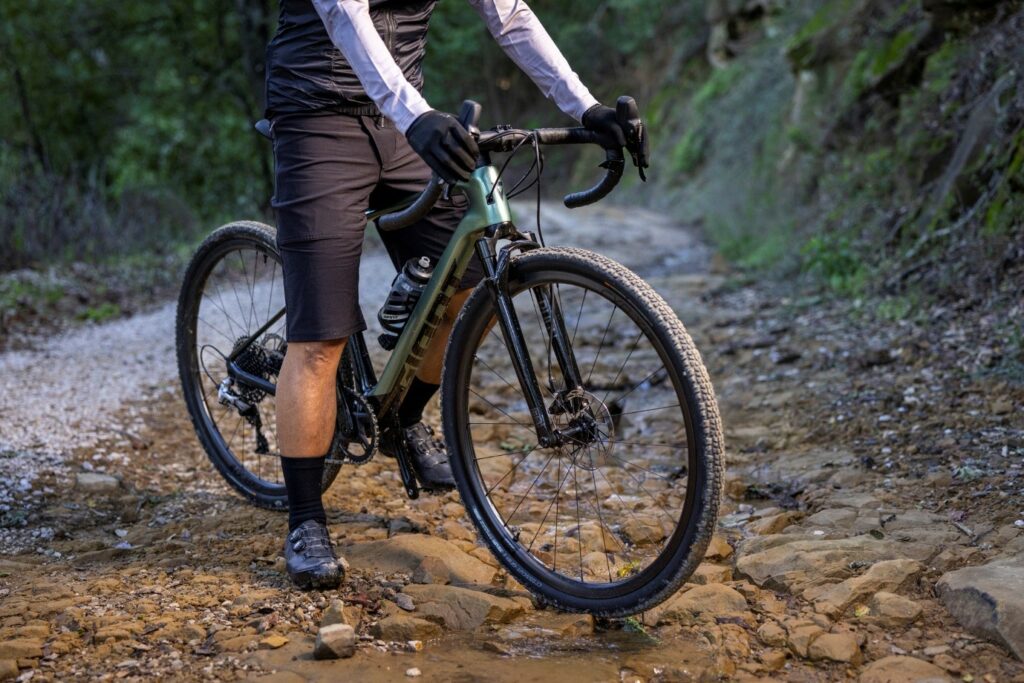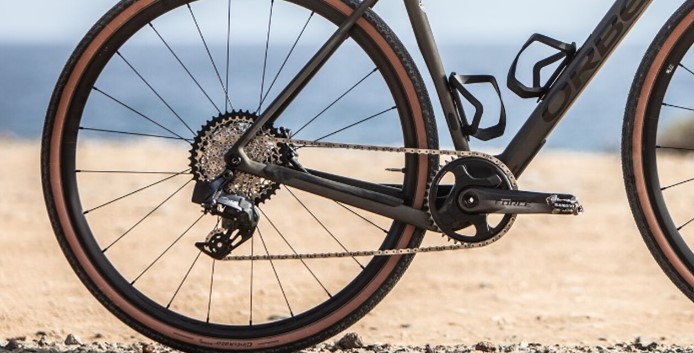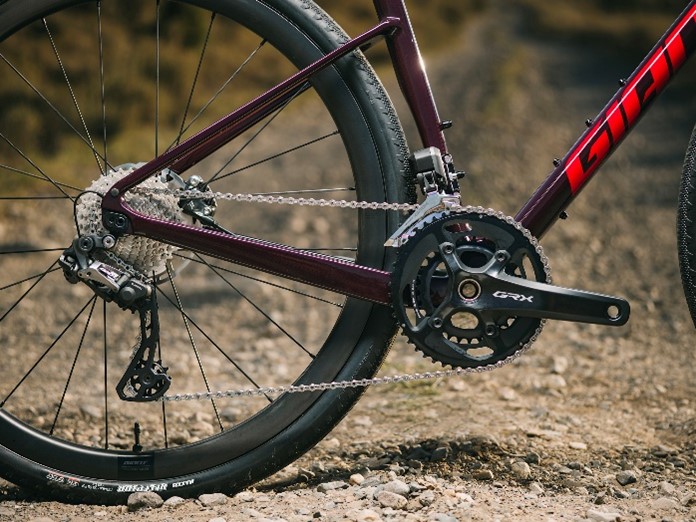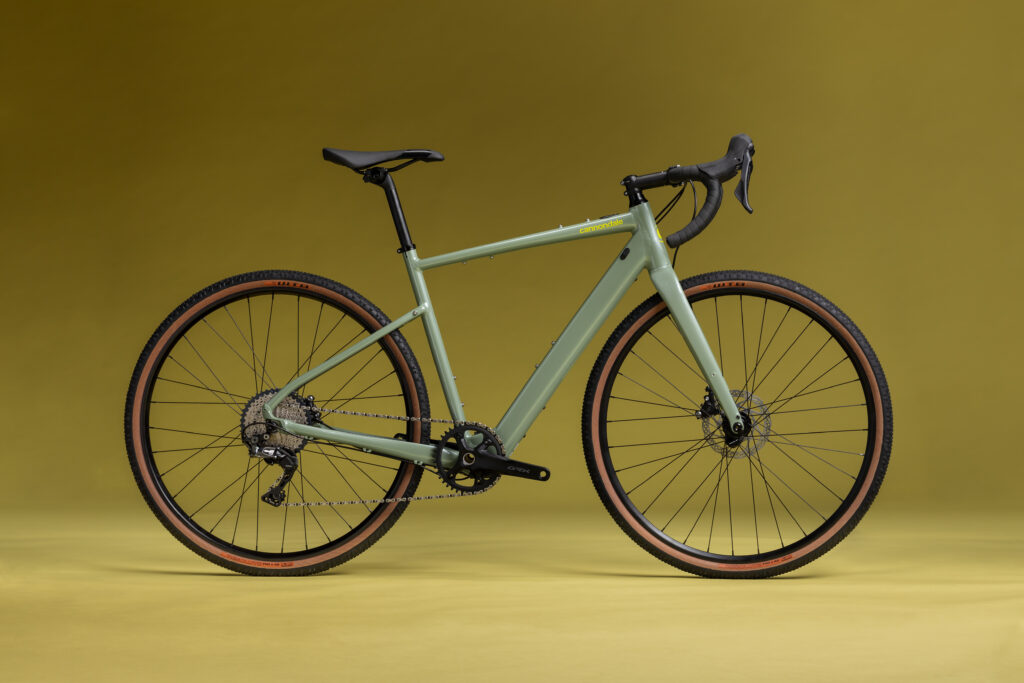
Over the last few years gravel bikes have exploded in popularity, becoming a staple category within the cycling industry. The ever-expanding cycling infrastructure within the UK means there’s more places than ever to ride a gravel bike and explore the great outdoors! The attraction of a more comfortable ride compared to a traditional road bike on most UK roads, which frankly, are essentially gravel, has also bolstered much of their appeal.

But what are they? Gravel bikes are expansively versatile, typically classified as the point where road and mountain bikes meet. They work great on standard roads, but also feel at home on forest roads, farm tracks, and even dirt singletrack! Whilst this can be done on a mountain bike, a dedicated gravel bike will usually be faster and lighter, making for a more enjoyable experience.

Gravel bikes will generally come equipped with extensive options for mounting racks, mudguards, and many other accessories. This makes them appealing to commuters, tourers, and bikepackers alike.

There’s a lot more involved in the design of a gravel bike than just being a road bike with more tyre clearance. They’re designed with a longer wheelbase, to aid stability over unpredictable terrain; a characteristic which is also enhanced by a slacker head angle. The geometry is more relaxed than a traditional road bike, with the head tube often taller to increase comfort.
Which gravel bike should you buy? This question mostly comes down to where you plan on riding the bike. Gravel bikes cover a spectrum, from essentially ‘all-road’ bikes with aero tubes and slicker tyres (such as the Cervelo Aspero), to almost mountain bikes with suspension forks and chunkier tyres (such as the Giant Revolt X). There are then bikes which lay in the middle ground, which are ideal for most people (such as the Cannondale Topstone and Giant Revolt). Narrower tyres (28-35mm) will provide a faster ride on smoother terrain, but will lack the grip and comfort that comes from a wider tyre (38-50mm), which is provided by the ability to run lower tyre pressures. Slicker tyres will also roll faster as they have inherently less drag on the road, but will lack the traction provided by more knobbly tyres which can dig into the dirt/gravel. If you want an ‘all-road’ set up for UK roads and some light gravel riding then go for some 35mm tyres, if most of your ride is going to be gravel, or you plan on riding over some more technical terrain, then look for wider tyres from 40mm and up.

Frame material – Aluminium or carbon? The answer to this question will mostly come down to your budget. Carbon bikes are more premium and will be generally lighter and faster, whilst providing a more comfortable ride thanks to their ability to soak up bumps and vibrations. Aluminium gravel bikes generally start at around £1000, whilst their carbon counterpart start from around £2500.
Gravel drivetrains – 1x and 2x, what does it mean? When it comes to gearing on gravel bikes there are two approaches taken, 1x (“1-by”) and 2x (“2-by”). This refers to the number of front chainrings on the bike, this will either be one or two on most gravel bikes. The 2x setup originates from traditional road bikes; having multiple chainrings enables smaller jumps between each gear, meaning you’re more likely to find a cadence which works for you. 1x on the other hand has been transferred from mountain bikes. A 1x system enables better chain retention, as a ‘narrow-wide’ chainring can be used – its tooth profile is specially designed to hold onto the chain, a feature which is important when you’re on rough terrain. 1x systems are also simpler to use and maintain as there is only one derailleur used. These benefits will come at the cost of larger jumps between each gear – you will be less likely to find the ideal cadence. Understanding which style of drivetrain is right for you will once again come down to where you plan on riding. If you plan on being more road/light gravel focused, then a 2x system will be better suited to you. Whereas, if chunkier, gravel focused riding is what you desire then look for a 1x system.


Higher-end gravel bike drivetrains (such as Shimano’s gravel specific GRX drivetrain) will also come equipped with a clutch rear derailleur, another feature transferred from mountain bikes. This aids chain retention, as this mechanism will keep your chain wrapped tightly around your chainring(s). it also has the added benefit of making your ride nice and quiet!
Thinking electric? If you want to take down that barrier stopping you from getting outside and on your bike, then why not consider some of the electric gravel options available. The fantastic light-weight style electric gravel options, such as the Orbea Gain and Cannondale Topstone Neo SL, provide a great option for those who want a bike to ride like a normal bike, but provide assist to boost you up the hills.

For our complete range of gravel bikes, available at our showroom in North Wales, click here. If you need any help understanding which bike is right for you, then please get in touch with us on 01492593811 or at sales@wecycle.co.uk.



